Recombinant Human Solute carrier family 12 member 6 (SLC12A6), partial
-
中文名称:人SLC12A6重组蛋白
-
货号:CSB-YP887049HU
-
规格:
-
来源:Yeast
-
其他:
-
中文名称:人SLC12A6重组蛋白
-
货号:CSB-EP887049HU
-
规格:
-
来源:E.coli
-
其他:
-
中文名称:人SLC12A6重组蛋白
-
货号:CSB-EP887049HU-B
-
规格:
-
来源:E.coli
-
共轭:Avi-tag Biotinylated
E. coli biotin ligase (BirA) is highly specific in covalently attaching biotin to the 15 amino acid AviTag peptide. This recombinant protein was biotinylated in vivo by AviTag-BirA technology, which method is BriA catalyzes amide linkage between the biotin and the specific lysine of the AviTag.
-
其他:
-
中文名称:人SLC12A6重组蛋白
-
货号:CSB-BP887049HU
-
规格:
-
来源:Baculovirus
-
其他:
-
中文名称:人SLC12A6重组蛋白
-
货号:CSB-MP887049HU
-
规格:
-
来源:Mammalian cell
-
其他:
产品详情
-
纯度:>85% (SDS-PAGE)
-
基因名:SLC12A6
-
Uniprot No.:
-
别名:ACCPN; Electroneutral potassium-chloride cotransporter 3; Furosemide sensitive KCl cotransporter 3; Gaxp; K-Cl cotransporter 3; KCC 3; KCC 3A; KCC 3B; KCC3 A; KCC3; KCC3 B; KCC3A; KCC3B; Potassium chloride cotransporter 3; Potassium chloride cotransporter KCC3a S3; S12A6_HUMAN; SLC12 A6; SLC12A 6; SLC12A6; Solute carrier family 12 (potassium/chloride transporters); member 6; Solute carrier family 12 member 6; Solute carrier family 12; member 6
-
种属:Homo sapiens (Human)
-
蛋白长度:Partial
-
蛋白标签:Tag type will be determined during the manufacturing process.
The tag type will be determined during production process. If you have specified tag type, please tell us and we will develop the specified tag preferentially. -
产品提供形式:Lyophilized powder
Note: We will preferentially ship the format that we have in stock, however, if you have any special requirement for the format, please remark your requirement when placing the order, we will prepare according to your demand. -
复溶:We recommend that this vial be briefly centrifuged prior to opening to bring the contents to the bottom. Please reconstitute protein in deionized sterile water to a concentration of 0.1-1.0 mg/mL.We recommend to add 5-50% of glycerol (final concentration) and aliquot for long-term storage at -20℃/-80℃. Our default final concentration of glycerol is 50%. Customers could use it as reference.
-
储存条件:Store at -20°C/-80°C upon receipt, aliquoting is necessary for mutiple use. Avoid repeated freeze-thaw cycles.
-
保质期:The shelf life is related to many factors, storage state, buffer ingredients, storage temperature and the stability of the protein itself.
Generally, the shelf life of liquid form is 6 months at -20°C/-80°C. The shelf life of lyophilized form is 12 months at -20°C/-80°C. -
货期:Delivery time may differ from different purchasing way or location, please kindly consult your local distributors for specific delivery time.Note: All of our proteins are default shipped with normal blue ice packs, if you request to ship with dry ice, please communicate with us in advance and extra fees will be charged.
-
注意事项:Repeated freezing and thawing is not recommended. Store working aliquots at 4°C for up to one week.
-
Datasheet :Please contact us to get it.
相关产品
靶点详情
-
功能:Mediates electroneutral potassium-chloride cotransport. May be activated by cell swelling. May contribute to cell volume homeostasis in single cells.
-
基因功能参考文献:
- Neurodegenerative deficits in hereditary motor and sensory neuropathy associated with agenesis of the corpus callosum are primarily caused by an axonopathy superimposed upon abnormal development, affecting peripheral but also central nervous system axons, all ultimately because of a genetic defect in the axonal cotransporter KCC3. PMID: 27230413
- These results suggest that the function of the peripheral nervous system depends on finely tuned, kinase-regulated KCC3 activity and implicate abnormal cell volume homeostasis as a previously unreported mechanism of axonal degeneration. PMID: 27485015
- These results suggest that the expression of KCC3 in ESCC may affect cellular invasion and be related to a worse prognosis in patients with ESCC. PMID: 25110711
- SPAK may promote KCC3-mediated cervix tumor aggressiveness via the NF-kappaB/p38 MAPK/MMP2 axis. PMID: 24655550
- SLC12A6 has been shown to be causative in Andermann Syndrome. PMID: 24341143
- serine residue 96 of human KCC3 is a third site that has to be dephosphorylated for full activation of the cotransporter during hypotonicity. PMID: 24043619
- mis-trafficking of mutant protein is an important pathophysiological feature of HMSN/ACC causative KCC3 mutations. PMID: 21628467
- Neuropathic features of hereditary motor and sensory neuropathy/agenesis of corpus callosum in transgenic mouse lines are predominantly due to a neuronal KCC3 deficit, while the auditory impairment is due to loss of non-neuronal KCC3 expression. PMID: 22423107
- The Wnk3 protein isoforms have a similar effect on SLC12 cotransporters. NKCC1/2 and NCC were inhibited, even in hypertonicity, while KCCs were activated, even in isotonic conditions. PMID: 21613606
- KCC3 is the dominant isoform in erythrocytes, with variable expression of KCC1 and KCC4 that could result in modulation of KCC activity PMID: 21733850
- mutations of the KCC3 gene may result in non-syndromic childhood onset of demyelinating hereditary motor and sensory neuropathy PMID: 20020398
- human osteoblasts express functional K-Cl cotransporters in their cell membrane that seem to be able to induce the indirect activation of volume-sensitive Cl- channels by KCl through an increase in the intracellular ions, water influx and cell swelling. PMID: 12637262
- all of the CCCs examined (NKCC1, NKCC2, KCC1, KCC3, and KCC4) can promote NH4(+) translocation, presumably through binding of the ion at the K(+) site PMID: 12657561
- KCC activation by IGF-1 plays an important role in IGF-1 signaling to promote growth and spread of gynecological cancers. PMID: 15262997
- Not only truncating but also missense mutations of the KCC3 gene are associated with Andermann syndrome. PMID: 16606917
- Among patients with early-stage node-negative breast cancer, disease-free survival (DFS) and overall survival (OS) curves were significantly different based on IGF-1 and KCC expression. PMID: 17133354
- KCC3 mutations in exon 22 constitute a recurrent mutation site for hereditary motor and sensory neuropathy with agenesis of the corpus callosum (HMSN/ACC), regardless of ethnic origin. PMID: 17893295
- KCC3 down-regulates E-cadherin/beta-catenin complex formation by inhibiting transcription of E-cadherin gene and accelerating proteosome-dependent degradation of beta-catenin protein PMID: 18006853
- study provides evidence that the upstream SLC12A6 G/A promoter SNP is functional not only by changing the DNA primary structure but also by influencing the allelic epigenotype and consequently by influencing the chromatin organization PMID: 18536702
- Using a yeast 2-hybrid it was discovered that the C-terminal domain of KCC3, that is lost in most hereditary motor and sensory neuropathy with agenesis of the corpus callosum-causing mutations, directly interacts with brain-specific creatine kinase. PMID: 18566107
- Study identified two sites in KCC3 that are rapidly dephosphorylated in hypotonic conditions in cultured cells and human red blood cells in parallel with increased transport activity. PMID: 19665974
显示更多
收起更多
-
相关疾病:Agenesis of the corpus callosum, with peripheral neuropathy (ACCPN)
-
亚细胞定位:Basolateral cell membrane; Multi-pass membrane protein.
-
蛋白家族:SLC12A transporter family
-
组织特异性:Highly expressed in heart, brain and kidney. Detected at lower levels in skeletal muscle, placenta, lung and pancreas. Detected in umbilical vein endothelial cells. Isoform 2 is more abundant in kidney. Isoform 5 is testis specific. Expressed in the proxi
-
数据库链接:
Most popular with customers
-
Recombinant Human Insulin growth factor-like family member 1 (IGFL1) (Active)
Express system: Mammalian cell
Species: Homo sapiens (Human)
-
Recombinant Macaca fascicularis Trophoblast glycoprotein (TPBG), partial (Active)
Express system: Mammalian cell
Species: Macaca fascicularis (Crab-eating macaque) (Cynomolgus monkey)
-
Recombinant Human Myosin regulatory light polypeptide 9 (MYL9) (Active)
Express system: Yeast
Species: Homo sapiens (Human)
-
Recombinant Rat Gastric inhibitory polypeptide receptor (Gipr), partial (Active)
Express system: Mammalian cell
Species: Rattus norvegicus (Rat)
-
Recombinant Human CD81 antigen (CD81), partial (Active)
Express system: Mammalian cell
Species: Homo sapiens (Human)
-
Recombinant Human Tumor necrosis factor ligand superfamily member 15(TNFSF15) (Active)
Express system: Mammalian cell
Species: Homo sapiens (Human)


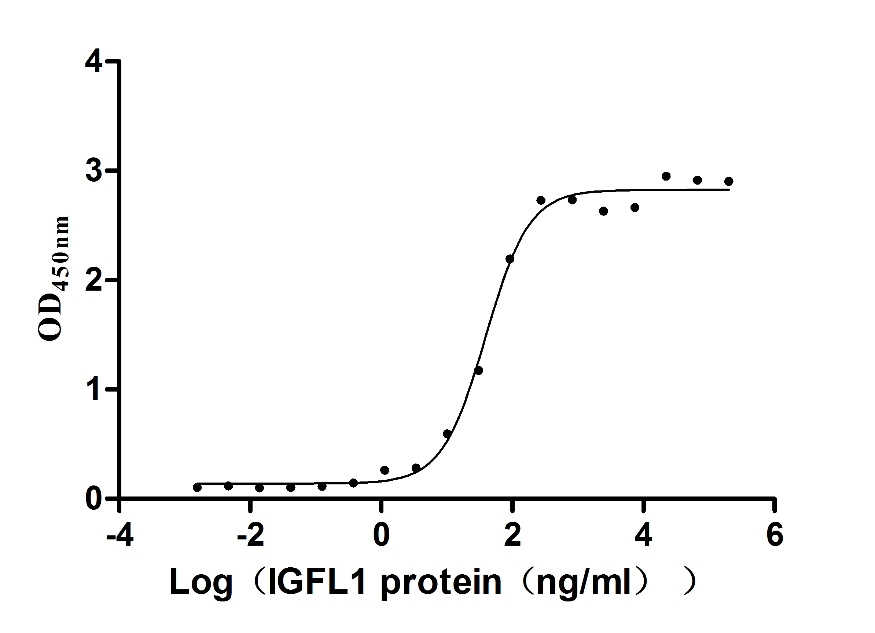
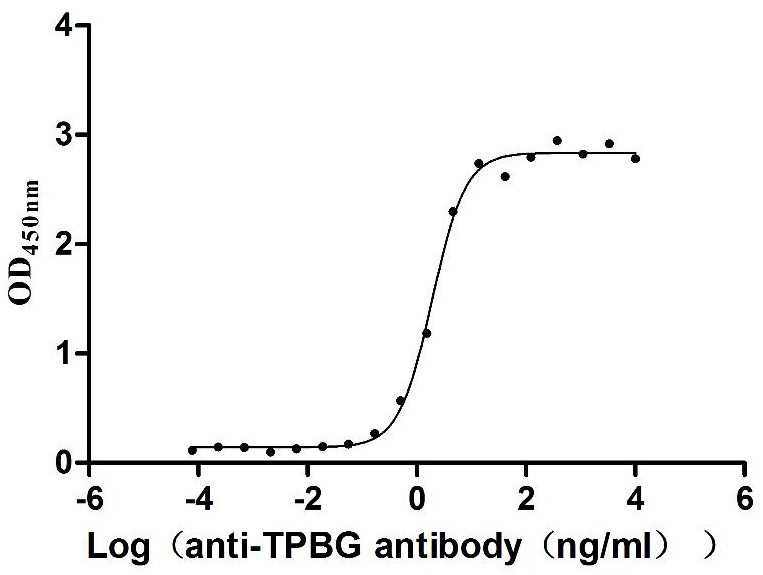
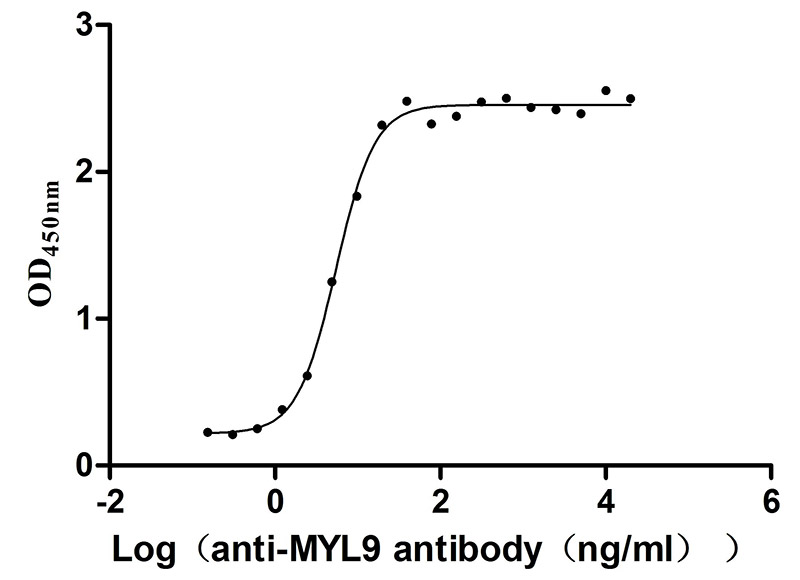
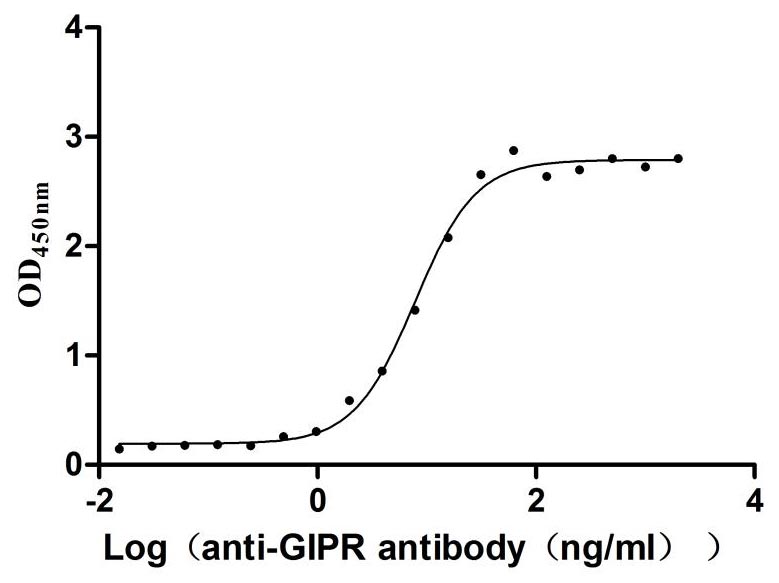
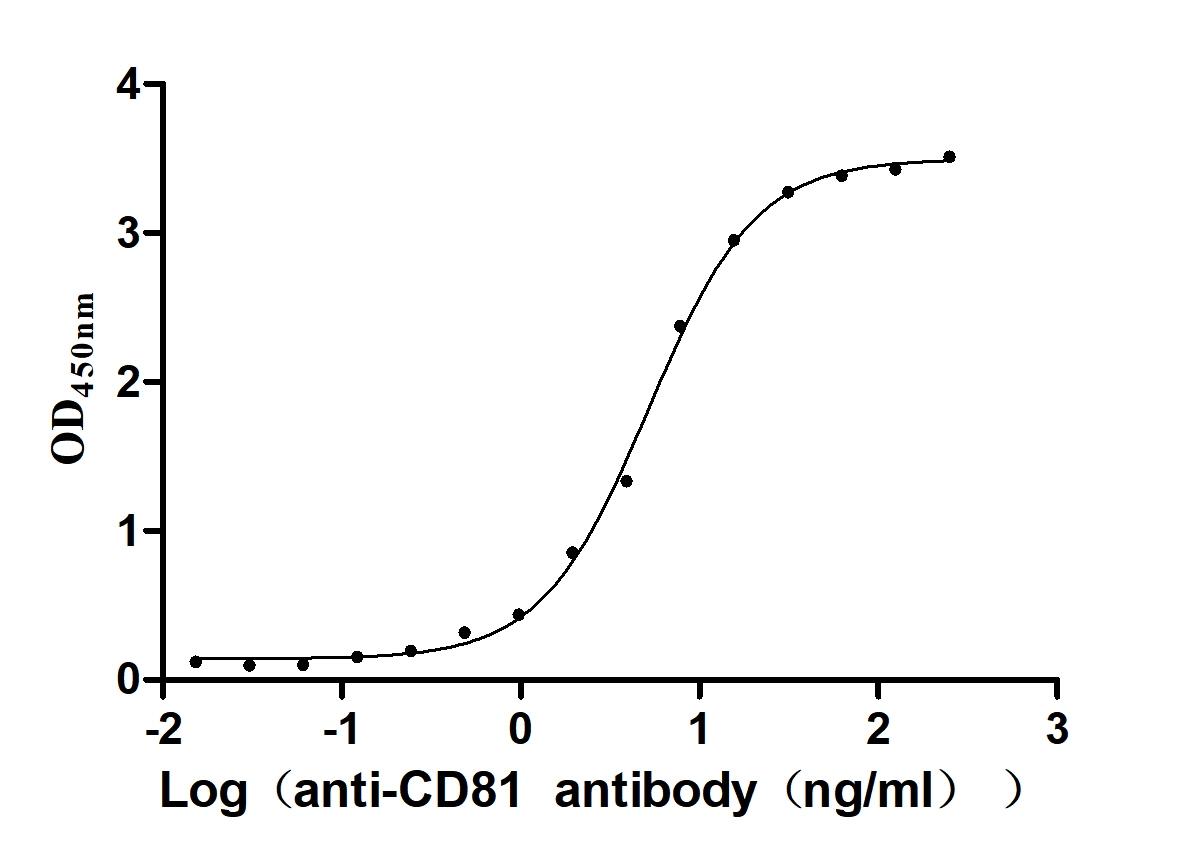
-AC1.jpg)









